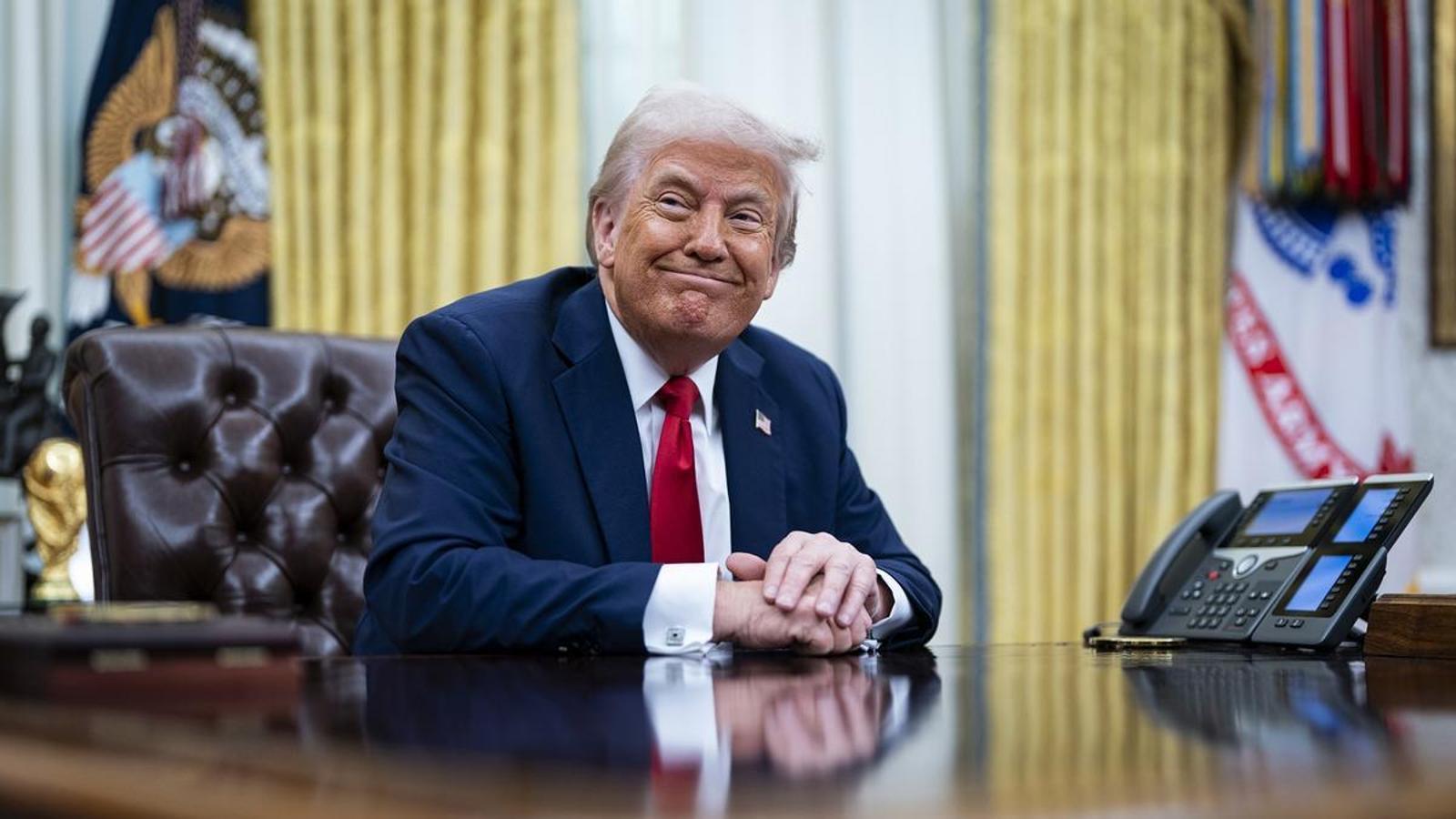Since Donald Trump returned to the White House less than three months ago, on January 20, the economic and market news have become a roller coaster because of a single word: The US president has grown weary of threatening and imposing tariffs on foreign imports, in what has already become a declaration of a global trade war. Following this line, this Wednesday Trump presented what he called his "reciprocal" tariff plan. "It is our declaration of economic independence in response to all the years that the American working class has been forced to stand aside while other nations empowered and enriched themselves at our expense," he announced.
The US president justified himself by using several cardboard whiteboards to display the tariffs that other countries are supposedly already charging the United States. For example, according to his administration's notes, the European Union is charging 39% tariffs on American products. At this time, the sources of these percentages are unknown.

But what does he gain from this move? Protectionism. "We can't pay for the deficits of other countries, like Canada and Mexico," Trump said. "We have to take care of ourselves, and we have to take care of our people first," he argued.
The president also seeks to incentivize reindustrialization in the United States and has repeatedly stated that "if you don't want to pay tariffs, then produce in the United States." The core of his plan includes a universal 10% tariff on all products imported into the US, which increases depending on whether they are considered more or less "bad." In addition to the reciprocal tariffs imposed by countries, there are also those the US applies to specific sectors.
Trump has also announced the implementation of the 25 percent tariff established for all vehicles imported from abroad. According to the White House following the president's announcement, the general base rate of 10 percent will begin to apply at midnight on Saturday, April 5, while the "higher and more targeted" additions will begin on April 9..
Politics

Trump's tariffs, country by country

Since Donald Trump returned to the White House less than three months ago, on January 20, the economic and market news have become a roller coaster because of a single word: tariffThe US president has grown weary of threatening and imposing tariffs on foreign imports, in what has already become a declaration of a global trade war. Following this line, this Wednesday Trump presented what he called his "reciprocal" tariff plan.














